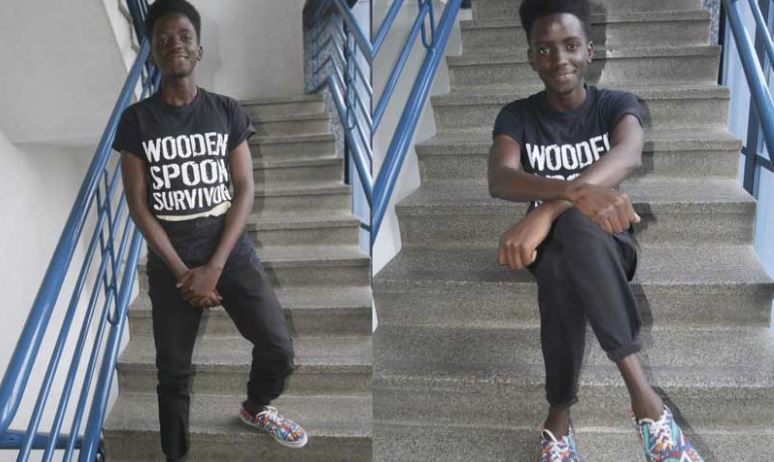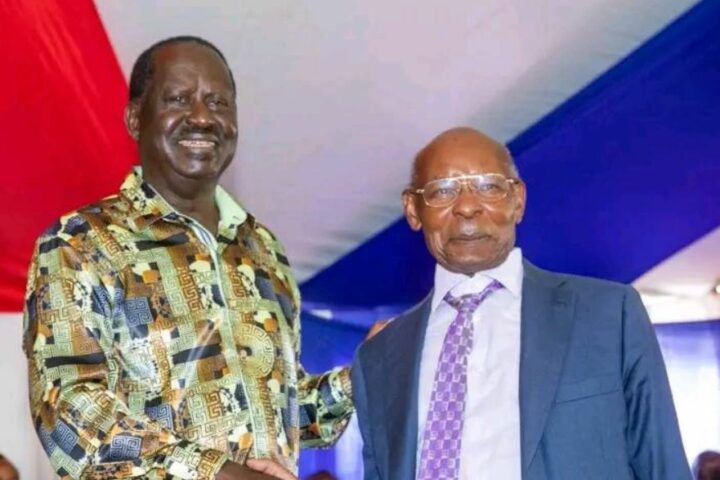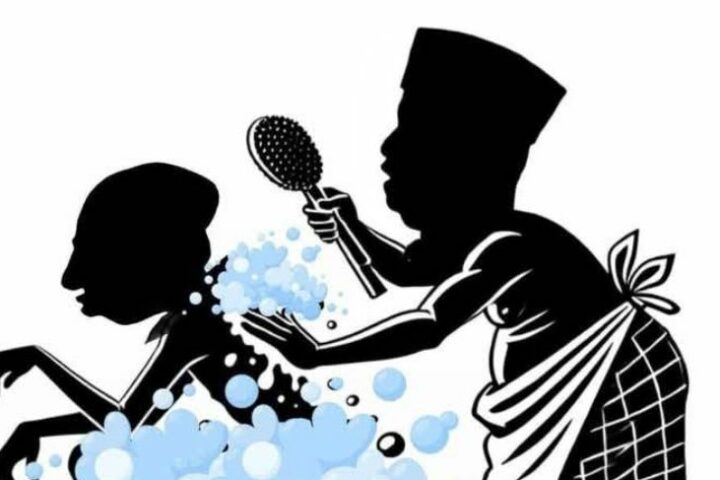 Raph Wangutusi is a 19-year-old journalism student living with an untreatable disease that worsens over time. This means he lives every day purposefully.
Raph Wangutusi is a 19-year-old journalism student living with an untreatable disease that worsens over time. This means he lives every day purposefully.
He shared his story with Sunday Magazine:
*******************
My mother tells me that when I was one-year-old, I started experiencing joint pains. At the time I was living with some relatives in Bungoma while she lived and worked in Nairobi. She couldn’t afford to raise me in the city. Soon, I learnt to walk but when the pain set in, I couldn’t move and my bewildered aunts would take me to the hospital where they would put me in a cast thinking that I had broken a leg or an arm.
One day while visiting my mum in Nairobi at the age of 5, I experienced one of these attacks and I was rushed to Kenyatta National Hospital where tests revealed that I was suffering from sickle cell anaemia. I was put on daily medication and I went back to the village where I continued to manage my condition. Medics had said it couldn’t be treated. At age 10, I moved to a school in Nairobi since mum had by then become financially stable. My classmates were very fascinated by the fact that I was always carrying medicine to school and my mum; in a bid to help me escape the stigma, sent me to a different school. Unfortunately, a teacher, obviously naive to my condition, announced in front of the whole class that I had blood cancer.
He was trying to explain the reason why I was always away from school. Back then, I would be in hospital for at least two weeks in a month. Despite all that, I pushed myself really hard and always posted good grades. In high school, other students despised me because I was allowed to keep my hair long while they had to get clean shaves. The hair on my head kept me warm. Stress, cold and a lot of heat translate to a lot of pain in people with sickle cell anemia. Also exhaustion and too much excitement can plunge one into deep pain.
Now all grown up, I can tell when I am about to get an attack. Usually, I will start feeling some stiffness in my lower jaw. Then pain sets in one elbow and moves to the other, and then to the back. It then graduates to excruciating pain in my lower back that then spreads to other parts of my body, causing numbness and inability to walk. People with sickle cell anemia experience pain because of a problem in their red blood cells that block supply of oxygen to tissues. It is the lack of oxygen that causes sudden and severe pain. I can manage the mild pain using painkillers, but severe pain requires hospitalisation and an oxygen mask. Instances of severe pain in people with sickle cell anemia are referred to as crisis.
I first experienced a crisis while I prepared to sit my final KCPE paper. I had to be carried to the exam room where I sat through the exam, all drowsy because of medication and was rushed to the hospital where I finished writing the paper. I was again hospitalised in 2015 for a month when I was in form two and was put in the intensive care unit. During that time I also began experiencing excruciating pain flashes in my head. When they happen, I feel like my head is being crushed between two surfaces. I haven’t told this to doctors because I don’t have the right words to describe the pain.
One day at a time
I have done extensive research on my condition and although I know we shall all die someday, I live with this terrible feeling that I may not live past a certain age, and this depressed me for a while. Some of my school friends even urged me to live recklessly; after all, I wouldn’t enjoy a long life. But I can’t. My mother brought me up well. She jokes that single mothers have to be twice careful how they bring up their children lest society blames their children’s misconduct on their status. My dad died when I was very young and it has always been just me and my mum.
After two pain-free years, I had a crisis in April and I stayed in hospital for two weeks. My then-girlfriend and I had talked about getting a child, but she became cold towards me after seeing the real struggles of the disease. We have since separated. Until I met her, I had always avoided telling girls about my condition.
I take medication twice a day, and painkillers when I need to. I also take lots of fluids during the day to stay hydrated and to boost my blood flow.My greatest fear is dying in excruciating pain and not leaving children behind. I also fear not accomplishing everything I have always wanted to achieve through telling impactful stories. That is why every day I get to live, I post a video on my YouTube channel (Raph Wangutusi).






